Liquid chillers are machines designed to cool air and/or liquids. In order to do so, they utilize a refrigeration cycle that lets them remove heat from various liquids and release it into the atmosphere. In a chilling system, their use precedes directing the chilled liquid/coolant to a heat exchanger, process equipment, or another liquid. Read More…
Our customers know they can trust us for the ultimate in quality, affordability, and flexibility. If you want a fully customized solution for your chillers, we can help! We work hard to create the best solution for each of our customers, because we know that if you are not happy, we are not happy! You can learn more about our services by visiting our website or giving us a call today!
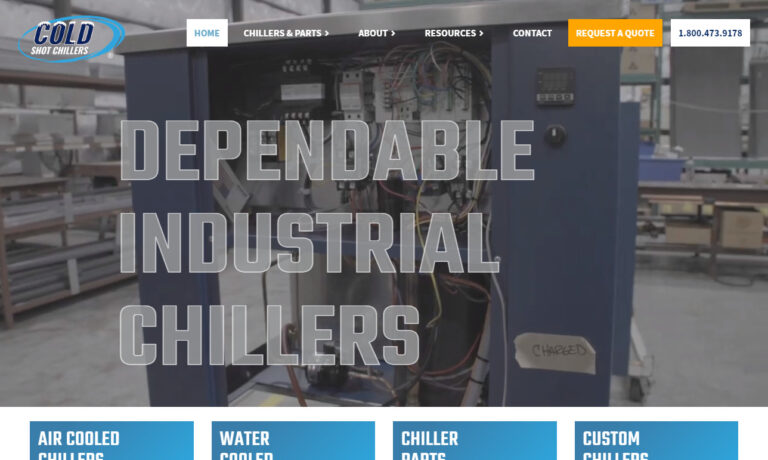
Industry leading, eco- friendly technology from Delta T Systems is setting the pace with energy efficient portable or packaged chiller systems and temperature control units. Our expansive standard product line has been successfully applied in a broad variety of industries for over 30 years. And for applications that require unique features or functionality, our custom design team has the know-how ...
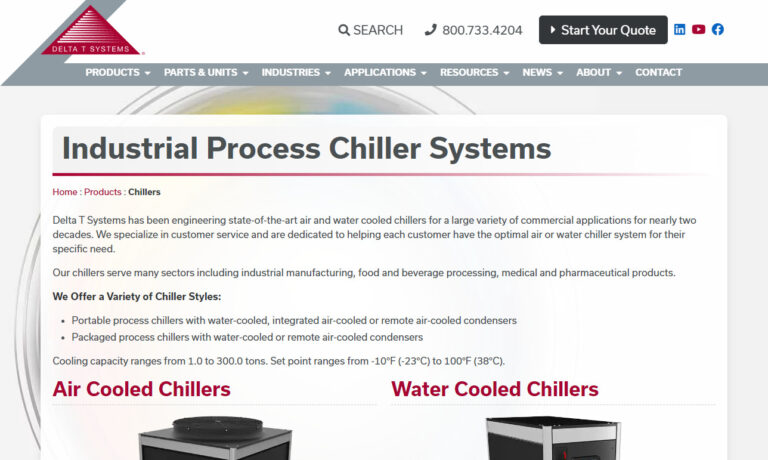
Since 1969, Thermal Care has been a leading manufacturer of portable and central chillers in air cooled, water cooled, and remote condenser models. As an ISO 9001 certified manufacturer, Thermal Care provides heat transfer equipment for over 50 industries and specializes in meeting the specific needs of our customers by offering both standard and custom designed industrial process cooling...
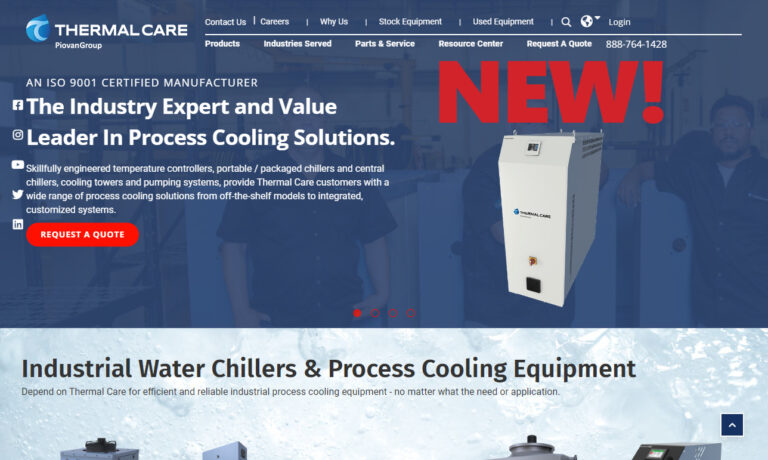
Dimplex Thermal Solutions, based in Kalamazoo, Mich., and home of Koolant Koolers, has been manufacturing water, air, and glycol chillers since 1952. Since that time Dimplex has expanded it’s product offering to include industrial cooling for: Machine Tooling, Food Processing and Packaging, Medical Diagnostic Imaging, Laser Cutting, Manufacturing Processes and more. Dimplex is known for their...
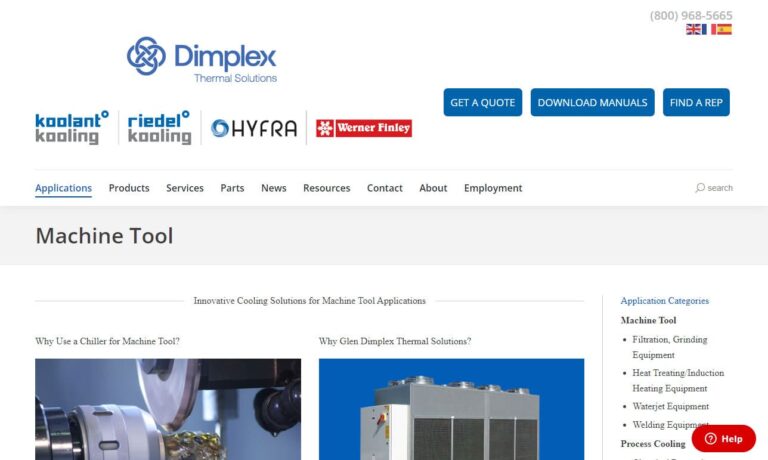
Thermonics® offers a range of process chillers for low (-40°C) and ultra-low (-100°C) temperature cooling. Products include air- and water-cooled chillers, and cryogenic chillers for cooling gasses and fluids. Chillers are compatible with a variety of heat transfer fluids delivering cooling capacities up to 25kW at -90°C, satisfying demands for industrial and mil/aero applications. We are a...
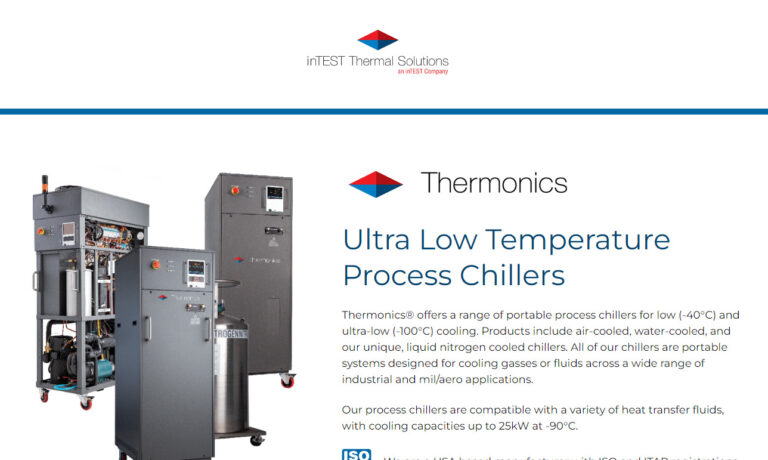
EcoChillers, Inc. provides eco-friendly chillers for the manufacturing industry. We work to make sure that you have a high-quality customer service experience. Our products are sure to help solve all of your chiller needs. We have an elite team of dedicated and seasoned professionals who make sure that you have top of the line service with world class parts. We devote extra attention to making...
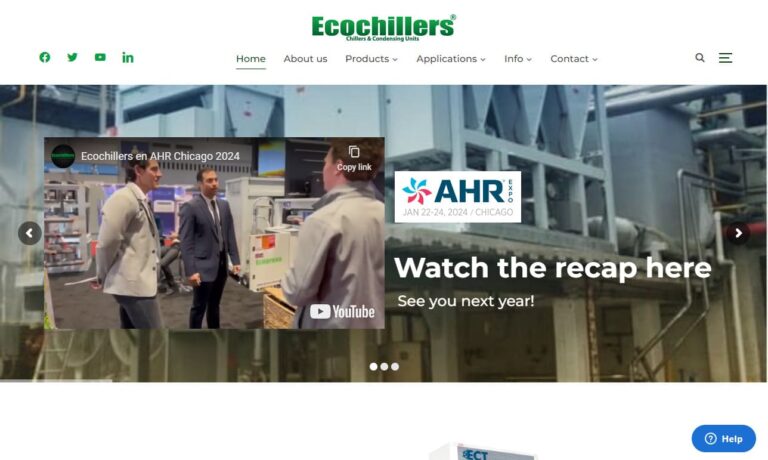
Founded in 1970, we remain focused on the design, manufacture and sales of industrial chillers and temperature controllers, with a long and vast experience in high accuracy systems. The wide range of the products permits to satisfy all specific demands of all kinds and sizes of industries. Frigosystem can structure their offer with tailor-made plants and proposals, always oriented to efficiency...
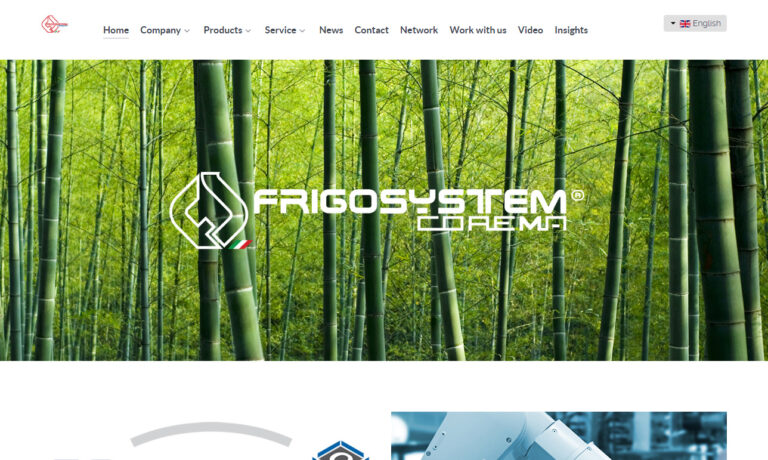
More Liquid Chiller Manufacturers
Liquid Chiller Applications
Industrial liquid chillers are indispensable for cooling machinery, mechanisms, and products across a spectrum of operations. They are pivotal in processes ranging from metalworking, die casting, and plastic injection molding to welding, chemical processing, and industrial refrigeration. Beyond these applications, liquid chillers play a crucial role in large-scale air conditioning, gas cooling, and maintaining precise temperatures for pharmaceuticals and laboratory chemicals.
Liquid chillers play a vital role across various industries, from healthcare and pharmaceuticals to food and beverage, plastics production, HVAC systems, and power generation.
The History of Liquid Chillers
Liquid chillers originated in the 1800s as scientists delved into the effectiveness of liquid refrigerants for air and water cooling. Their experiments revealed that using liquids such as water could effectively cool the air.
Willis Carrier, an innovative American engineer, pioneered the application of heat transfer principles to machinery. In 1902, he unveiled the world’s first modern air conditioning system, a groundbreaking achievement. His invention effectively controlled humidity by circulating humid air through water, extracting both moisture and heat. Carrier’s ingenuity didn’t stop there. In 1906, he patented another revolutionary air conditioning unit, which could both humidify and dehumidify air through a spray-type mechanism. Throughout the early 20th century, Carrier continued to lead advancements in liquid chilling technology. In 1915, he co-founded Carrier Engineering Corporation with several colleagues, a venture that would later become Carrier Corporation, marking a lasting legacy in the realm of environmental control systems.
In 1931, scientists unveiled a breakthrough: chilling became vastly more effective with the introduction of Freon. By 1938, the Trane Company (now under Ingersoll Rand) commenced manufacturing enclosed chiller systems, pioneering the use of refrigerants akin to contemporary liquid chillers. This innovation catalyzed the development of industrial liquid chillers capable of rapidly cooling enclosed environments.
During the 1920s and 1930s, scientists and engineers pushed the boundaries of heat exchanger and chilling technology. However, their innovations faced a sharp decline in demand during the Great Depression. Not until the early 1950s, amidst America’s post-war economic surge, did these technologies regain popularity. Plastics manufacturers in 1950 started integrating industrial chillers into their production lines. This breakthrough accelerated manufacturing, broadening the scope of plastics applications across various products.
From then on, chillers embedded themselves across myriad industries as indispensable allies. As the 20th century drew to a close, engineers employed chillers to lay the foundations for the global electrical grid. Today, their significance remains undiminished.
Liquid Chiller Design
Chillers vary greatly in their designs and sizes. Smaller chillers are often crafted as compact, portable units suitable for localized use. In contrast, larger chillers are engineered to cool entire facilities efficiently.
Considerations
When crafting a liquid chiller, manufacturers deliberate on numerous technical aspects: cooling capacity, refrigerant choice, power source, evaporator flow rate, and compressor strength. Equally crucial are spatial constraints, operational frequency, fluid temperature, cooling environment specifics, and adherence to industry standards.
To enhance the suitability of your liquid chiller model for your specific needs, chiller manufacturers can incorporate enhancements such as emergency alarms, pressure indicators, and remote-control panels, ensuring optimal functionality tailored to your requirements.
Cooling Capacity
The cooling capacity of an industrial chiller model is quantified in tons or Btu/h (British thermal units per hour). Chillers vary widely in their cooling capabilities. For example, a compact portable chiller may have a capacity equivalent to a fraction of a ton. Conversely, larger systems can comprise multiple units, boasting capacities that reach into the thousands of tons.
Refrigerant Type
The choice of refrigerant hinges on the operational temperatures of the chiller. Among the commonly used options are methane, brine, alcohol, sulfur dioxide, carbon dioxide, ammonia, water, R410A, R134A, and R407C. In earlier years, fluorocarbons and chlorofluorocarbons (CFCs) were prevalent but have waned in popularity due to their ozone-depleting properties.
How Liquid Chillers Work
Chillers employ vapor-compression or absorption methods to perform their cooling tasks. These processes involve a refrigerant that absorbs heat from one location. When the refrigerant condenses, it evaporates elsewhere, releasing the absorbed heat. Cooling towers or vents are often utilized to enhance the cooling process in both methods.
Most chillers operate through a four-stage cycle: compression, condensation, expansion, and evaporation. This process unfolds as follows.
1. Pressurization
Pressurization plays a critical role in the vapor-compression cooling process but is absent from the absorption cooling process.
In a vapor-compressor chiller, the process begins with the compressor pressurizing the refrigerant vapor. Various liquid chillers employ different compressor types for this purpose.
2. Condensation
In this initial phase of absorption chilling, the chiller machine begins by moving the refrigerant into a condenser. The condenser comprises coiled tubes through which air or water circulates. Inside the condenser, the refrigerant vapor undergoes cooling and transforms into a liquid form.
During this stage, a substantial amount of heat is extracted. This heat is subsequently absorbed by the circulating water or air surrounding the tubes.
3. Depressurization
The freshly chilled liquid proceeds to an expansion valve, where it undergoes depressurization. Expansion valves operate by detecting both the current and desired temperatures, adjusting the refrigerant flow accordingly.
4. Evaporation
Once released from pressure, the liquid initiates its evaporation process. As evaporation ensues, the liquid experiences a significant drop in temperature. This transformation occurs as the cooled liquid enters an evaporator or heat exchanger, where it evaporates and absorbs heat in the process.
Types of Liquid Chillers
Absorption chillers harness a heat source to drive their refrigeration cycle. A distinct advantage of absorption chillers lies in their minimal electricity consumption, making them ideally suited for solar power or heat-generating machinery.
Vapor-compression chillers operate by driving the cycle with a compressor. They are proven over time, readily available, and simpler to install compared to absorption chillers.
Different types of vapor compression chillers vary by the gas compressor they employ. Among the most prevalent options are centrifugal compressors, screw compressors, and scroll compressors.
Centrifugal compressor chillers chillers increase fluid pressure by imparting kinetic energy. This energy is generated as the liquid passes through an impeller or rotor, which converts it into higher potential energy by channeling the fluid through a diffuser.
Screw compressor chillers employ dual rotary screws to compress refrigerant liquid. These chillers ensure consistent, uninterrupted cooling at high speeds.
Scroll compressor chillers frequently populate portable cooling units, prized for their compactness and noiseless operation.
Chillers can also vary based on the type of condenser they utilize—whether they rely on air cooling, water cooling, or evaporation cooling.
Air cooled chillers channel ambient air across the condenser, expelling warmed air into the atmosphere. This unique heat release mechanism also enables them to provide heating for facilities during colder conditions.
Water cooled chillers, also known as water chillers, harness flowing water to draw heat away from a refrigerant. While this method of condensation proves highly efficient, it necessitates a reliable water supply, typically requiring a pump and a cooling tower.
Evaporation cooled chillers function similarly, yet they utilize a mist of water previously dispersed into the air. This evaporation enhances the efficiency of heat transfer.
Additional types of liquid chillers encompass process chillers, recirculating chillers, and central chillers.
Process chillers intermittently control temperatures, operating on-demand rather than continuously. They are widely employed in power plants and for rapid freezing in the food and medical industries.
Recirculating chillers operate by continuously cycling vaporized refrigerant back into the initial stage of the process. Typically compact and portable, these chillers excel in efficiency, precision, and uninterrupted performance. Notably, they minimize liquid wastage, making them favored for medical imaging, laboratory experiments, plasma etching, military uses, plastic extrusion, molding, and electronic temperature testing.
Central chillers, also referred to as central chilled water units, are essential components within central air conditioning systems. These units utilize internal chilled water coils to regulate air temperature effectively.
Medical Chillers are specialized cooling systems designed specifically for medical purposes.
Thermoelectric chillers excel in medical contexts due to their exceptional reliability, precision, and accuracy. These qualities are pivotal in safeguarding vaccines, medications, and experimental integrity against spoilage and deterioration.
TECs exhibit remarkable versatility due to their high scalability, enabling the production of miniature refrigerators that other cooling methods cannot achieve. This capability makes them integral in the creation of compact, portable refrigeration systems essential for storing medicines and insulin.
Laser Chillers play a crucial role in regulating laser temperatures. Thermoelectric chillers offer precise control over water flow, ensuring minimal vibration and exceptional accuracy. They maintain long-term temperature stability for cooling laser systems. TECs (Thermoelectric Coolers) are ideal for laser applications due to their reliable fluid flow, rapid response time, broad temperature range, and straightforward design with few moving components. Moreover, their compact size allows for installation in confined spaces without sacrificing laser performance.
Advantages of Liquid Chillers
Liquid chillers bring numerous benefits to their users. Firstly, they offer reliability by delivering consistent, uniform cooling that safeguards sensitive products from potential damage. Secondly, they optimize space usage effectively; whether manufacturers require a compact design or a portable unit, liquid chillers can accommodate diverse needs. Thirdly, they excel in rapid cooling compared to alternatives like ice or nitrogen systems. Lastly, liquid chillers provide cost-effective cooling solutions, making them accessible for various applications.
Liquid Chiller Accessories
When outfitting your liquid chiller, essential accessories to consider are protective coatings, condenser filters, remote controls, emergency alarms, spare parts, phase monitors, lights, gauges, locks, vibration dampeners, and additional refrigerant. For tailored guidance, discussing your specific application with your supplier is highly recommended.
Liquid Chiller Standards
Your liquid chillers must meet varying standards, dictated by factors like your location, industry, and application. Regulations are particularly stringent when chilling products destined for consumption, such as medicine, food, and beverages. In such cases, compliance with FDA and/or USDA standards is essential. Furthermore, due to the involvement of potentially hazardous refrigerants, EPA and/or OSHA approvals may be necessary depending on your setup. It’s advisable to ensure your chillers also adhere to AHRI specifications for comprehensive compliance.
Things to Consider Regarding Liquid Chillers
To secure a top-notch liquid chiller, partnering with a trusted manufacturer is key. To aid you in this quest, we’ve curated a roster of reputable manufacturers, accessible on this page. Each one boasts extensive experience and rigorous vetting. However, while all excel in their own right, not all may perfectly suit your needs.
To identify the ideal manufacturer among these options, we suggest starting by documenting all your specifications, requirements, questions, and concerns. Make sure to include your budget, timeline, preferred delivery and installation support, as well as post-installation requirements. Next, thoroughly review the products and services offered by the companies listed here. Continuously refer to your checklist for comparison. Choose three to four liquid chiller companies that best meet your application needs and request a quote from each. It’s advisable to engage in phone conversations to gauge their customer service approach firsthand. Once you’ve conversed with your top picks, analyze their responses and make your selection accordingly. It’s a straightforward process that ensures you find the right fit.
Check out our Cooling Towers website

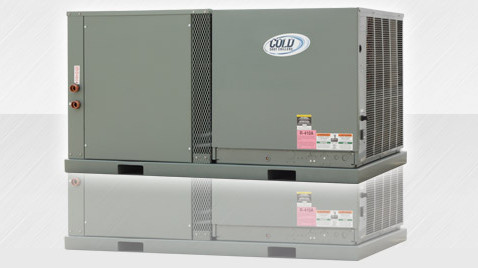
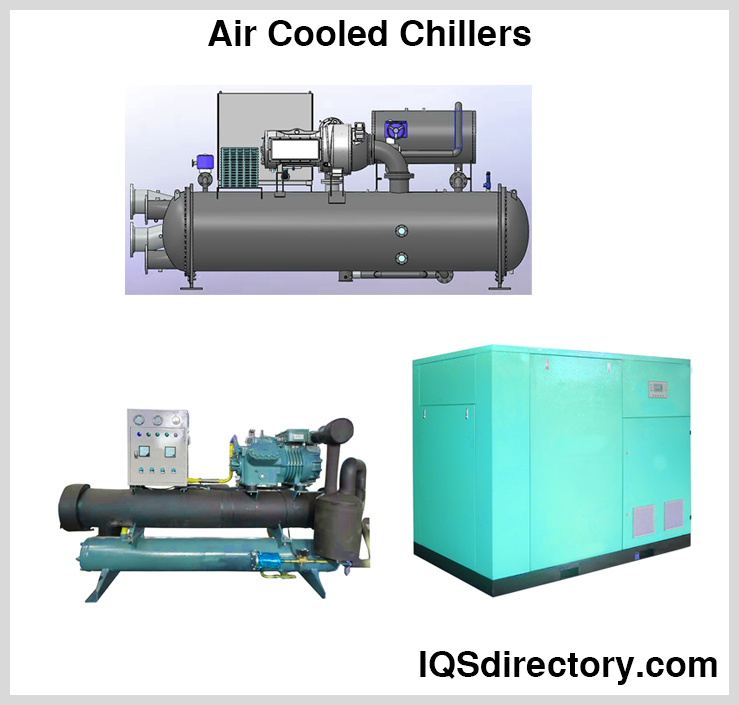
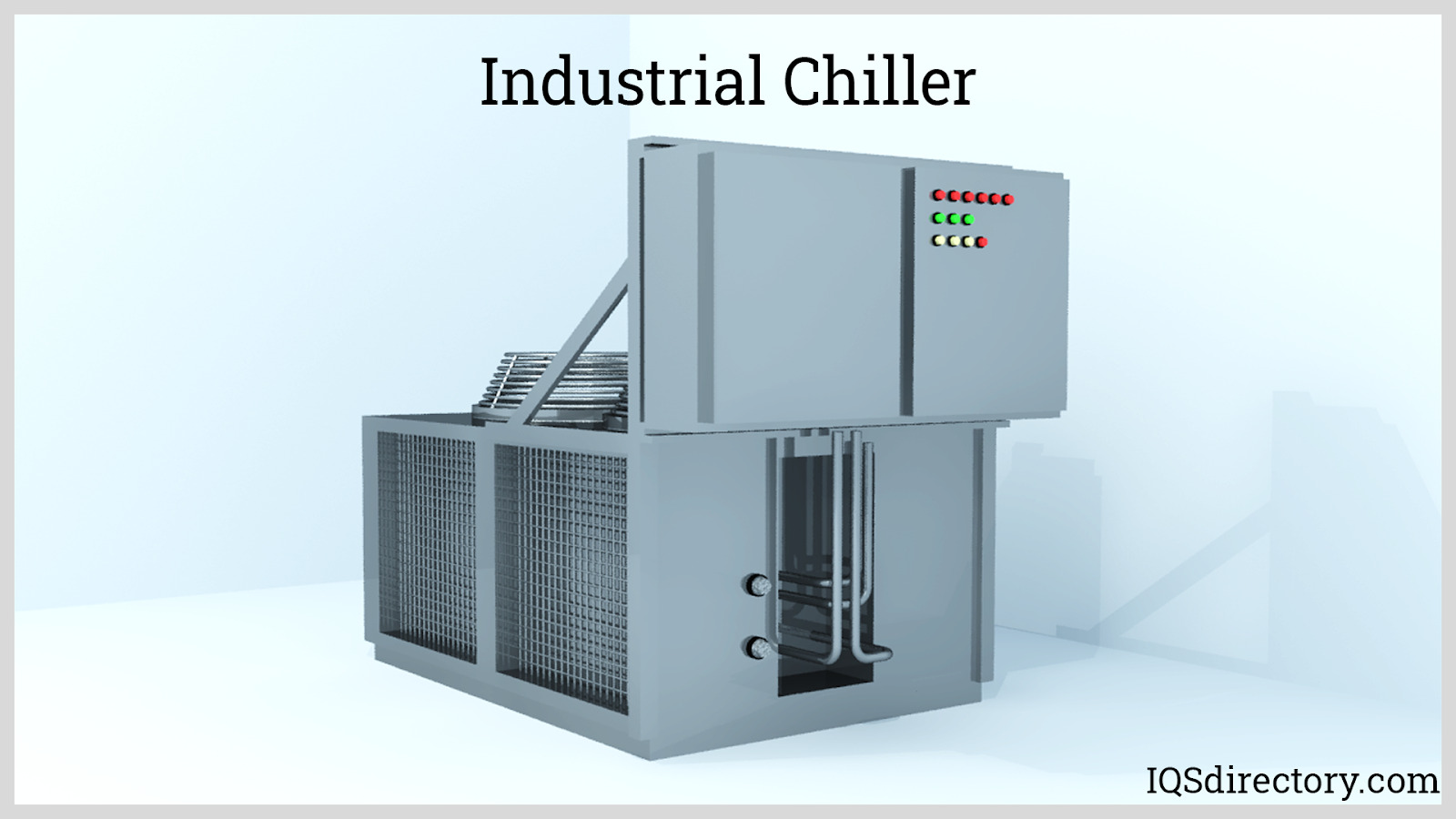
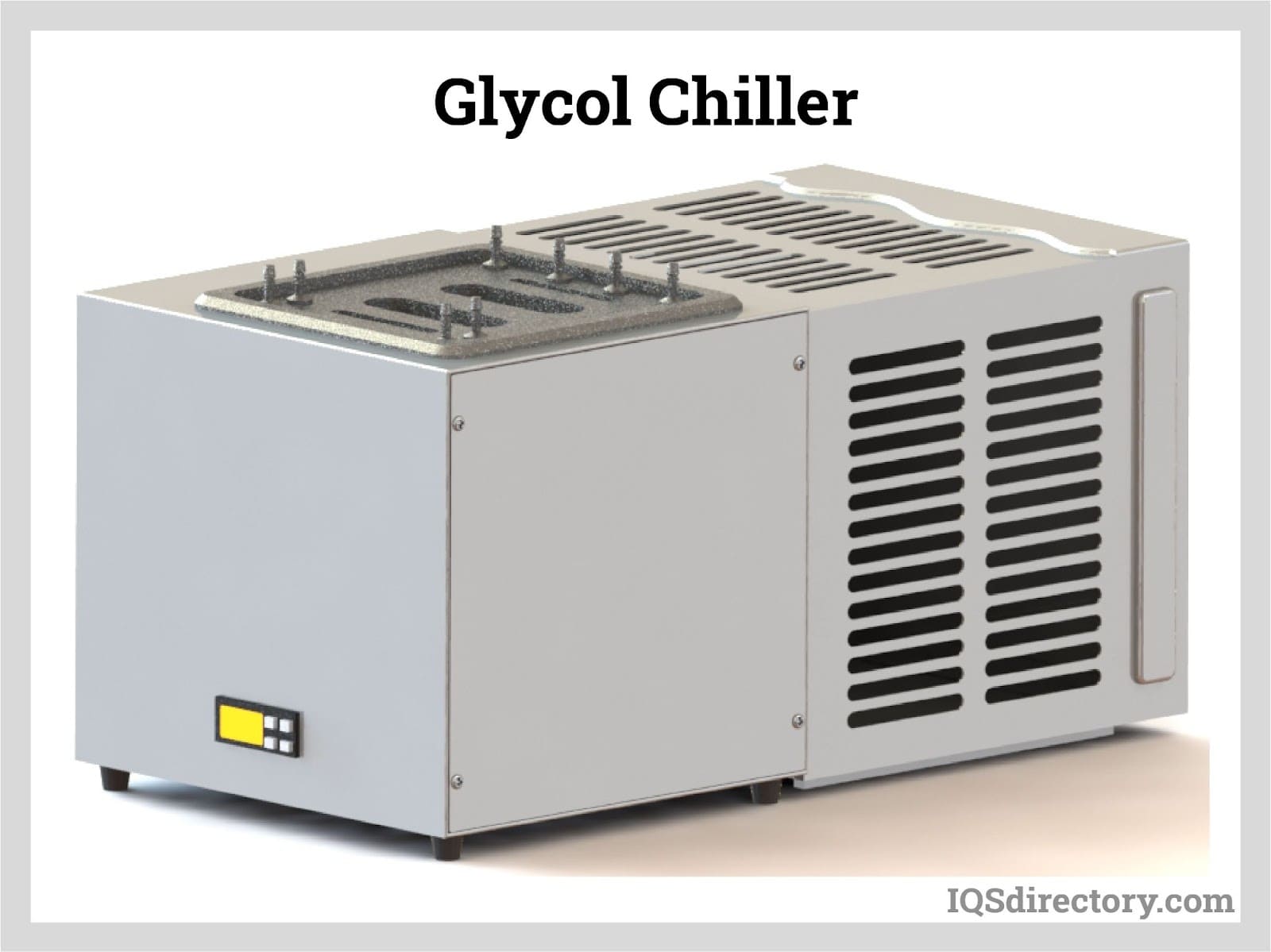
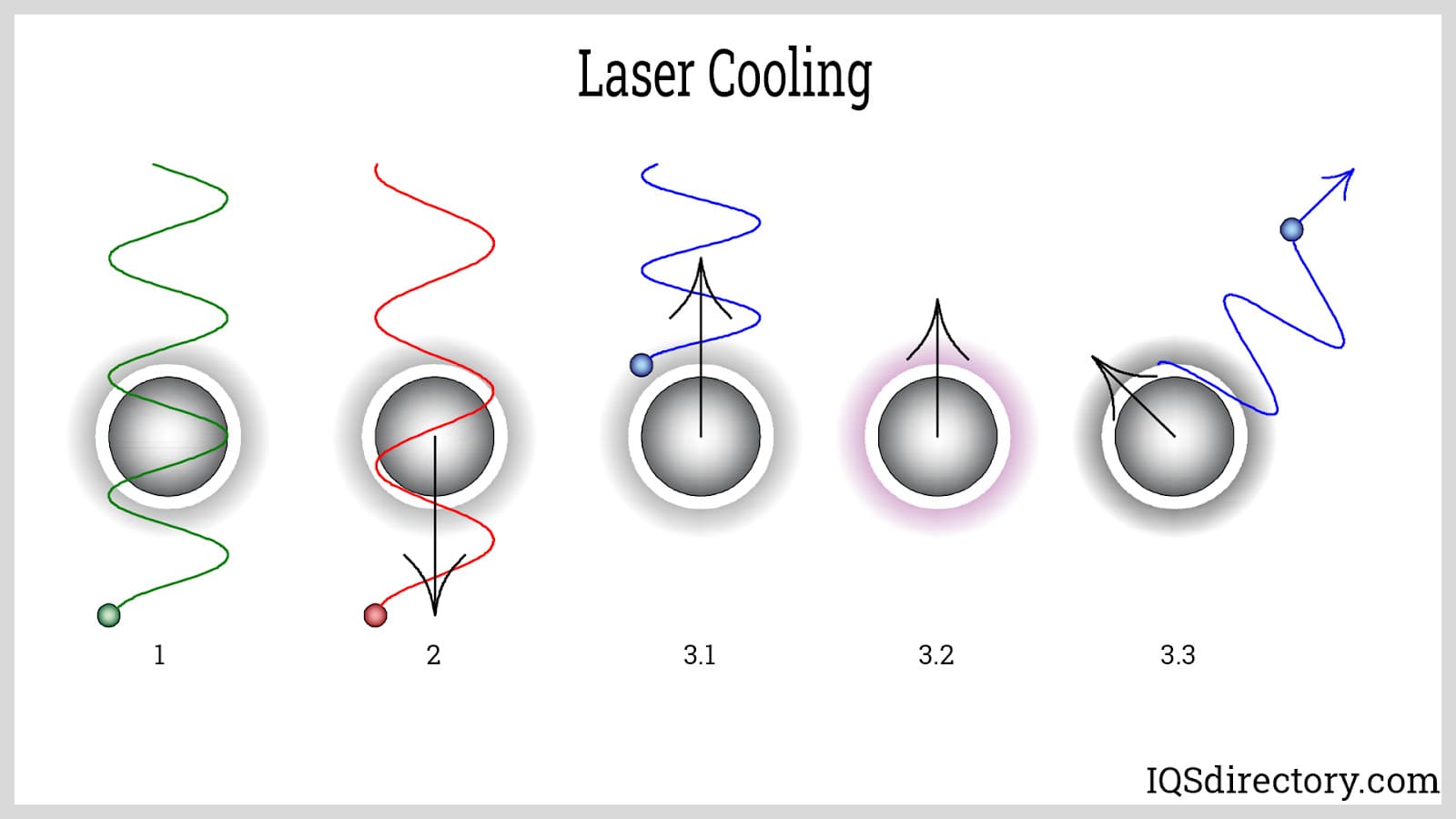
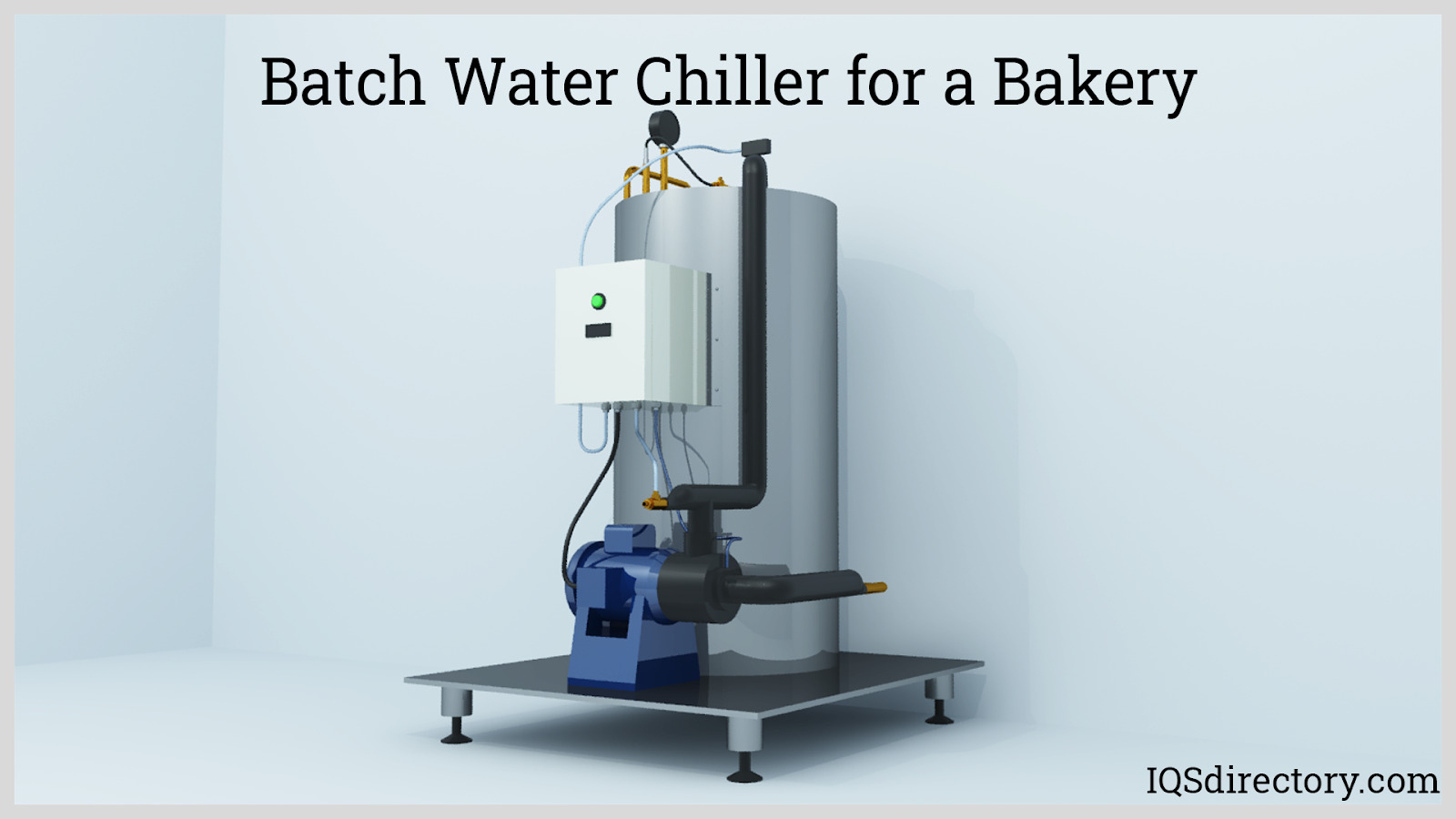
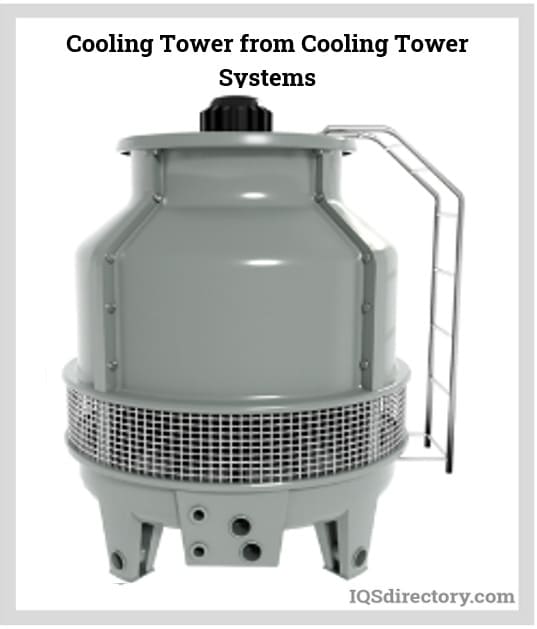
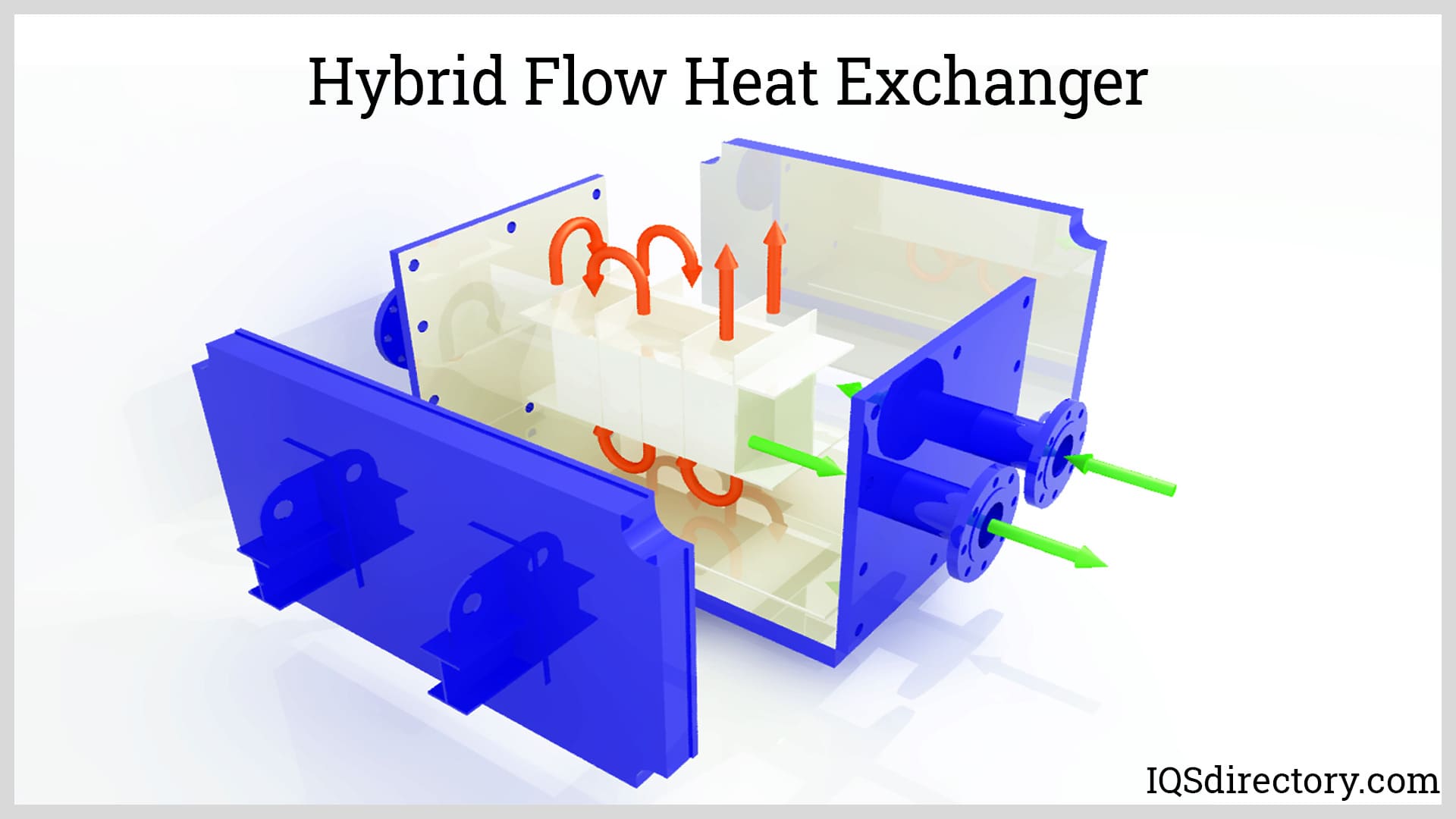
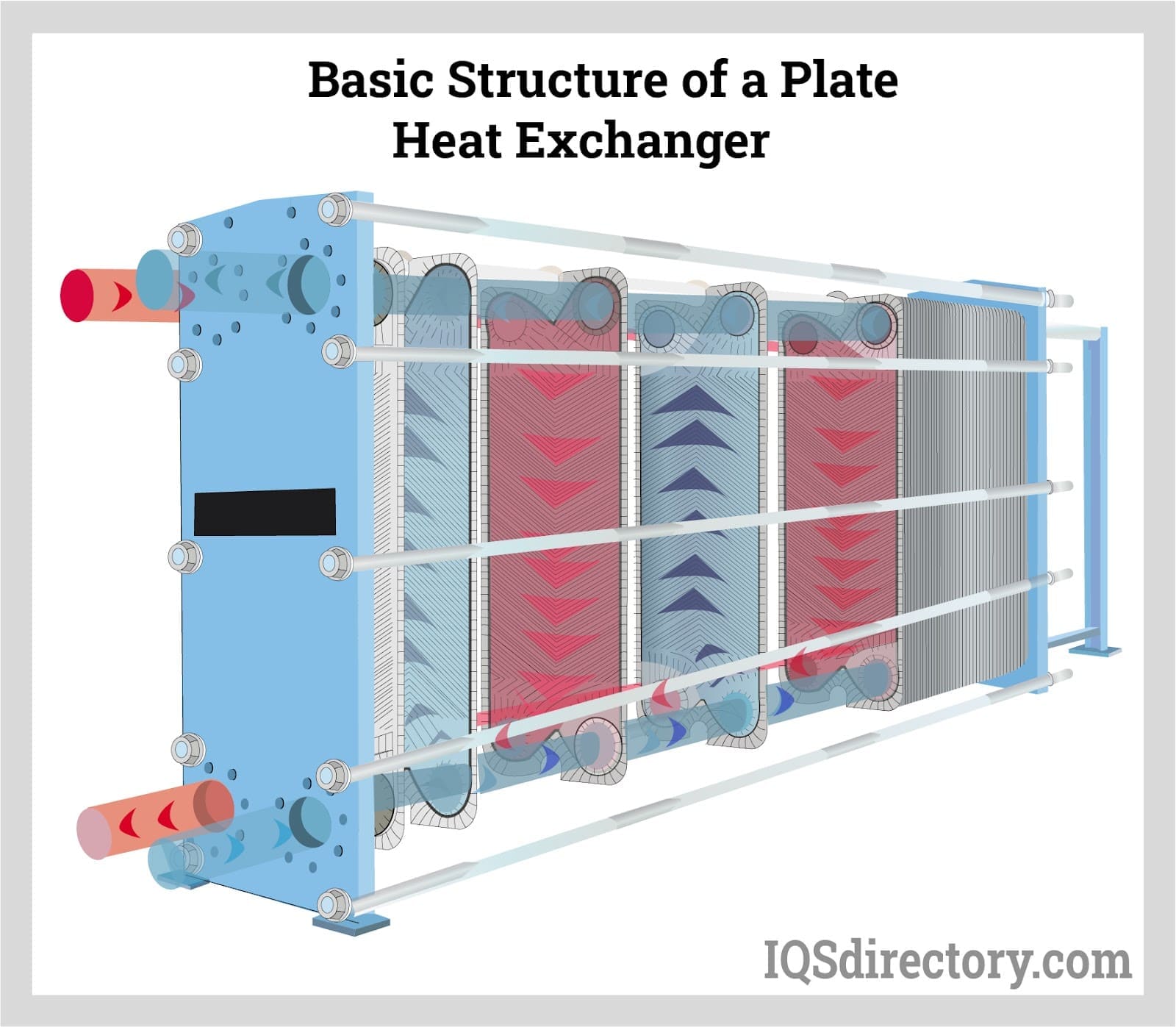
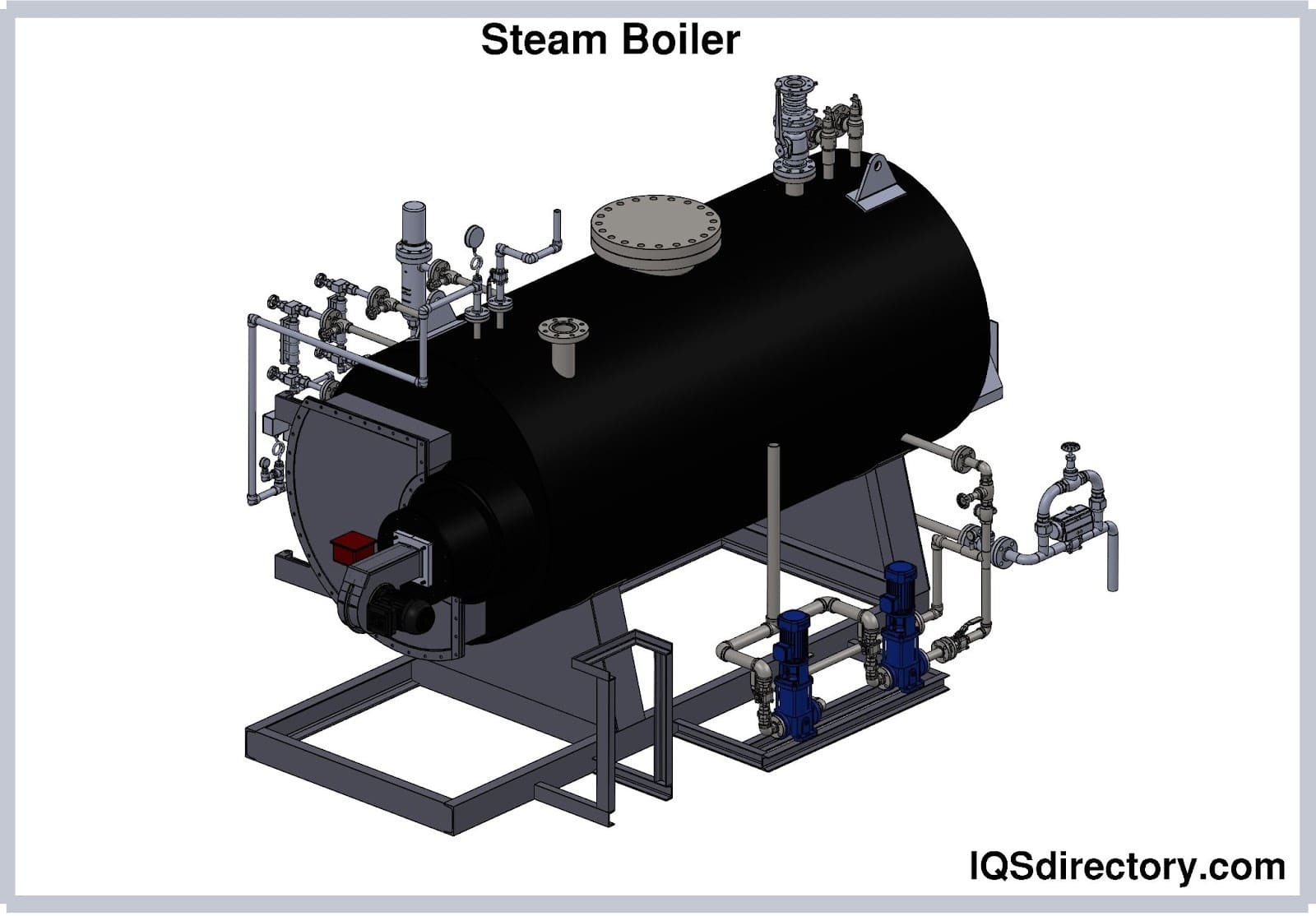
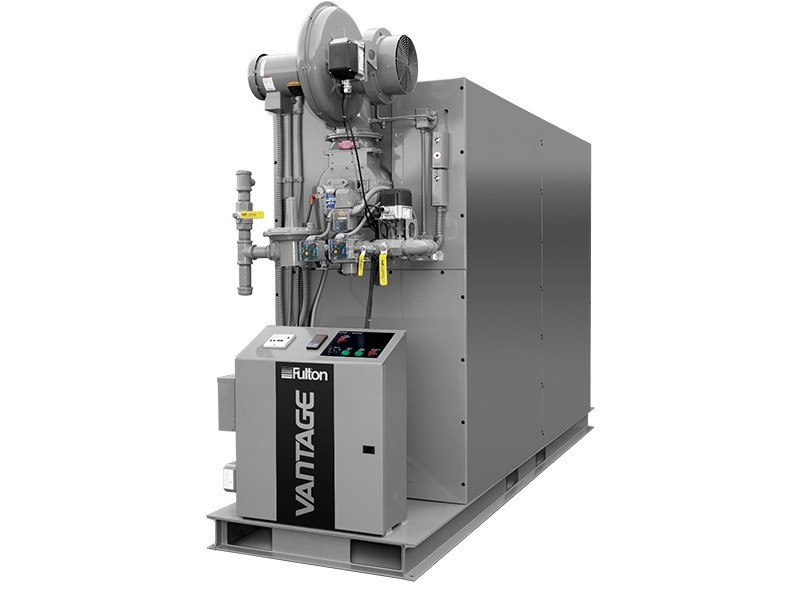 Boilers
Boilers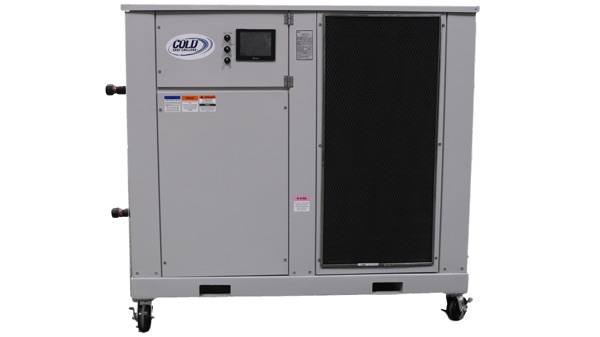 Chillers
Chillers Cooling Towers
Cooling Towers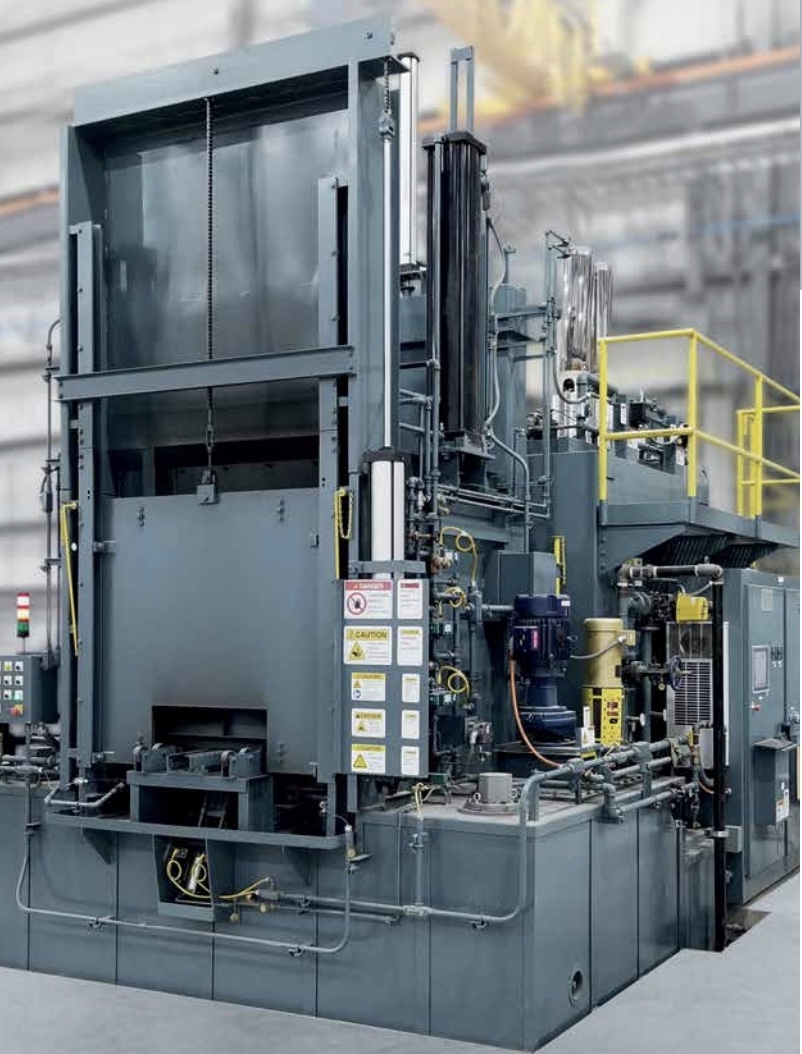 Furnaces
Furnaces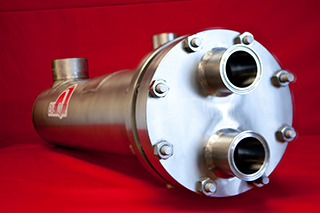 Heat Exchangers
Heat Exchangers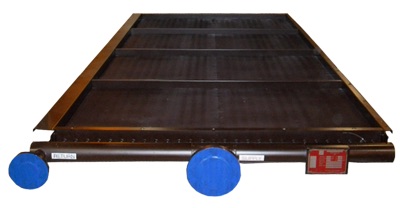 Heat Transfer Equipment
Heat Transfer Equipment Castings & Forgings
Castings & Forgings Bulk Material Handling
Bulk Material Handling Electrical & Electronic Components
Electrical & Electronic Components Flow Instrumentation
Flow Instrumentation Hardware
Hardware Material Handling Equipment
Material Handling Equipment Metal Cutting Services
Metal Cutting Services Metal Forming Services
Metal Forming Services Metal Suppliers
Metal Suppliers Motion Control Products
Motion Control Products Plant & Facility Equipment
Plant & Facility Equipment Plant & Facility Supplies
Plant & Facility Supplies Plastic Molding Processes
Plastic Molding Processes Pumps & Valves
Pumps & Valves Recycling Equipment
Recycling Equipment Rubber Products & Services
Rubber Products & Services